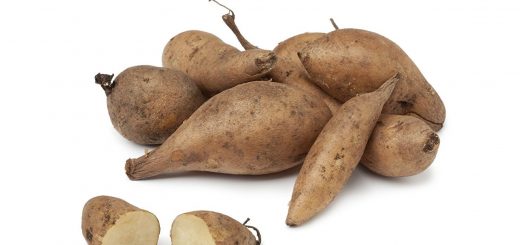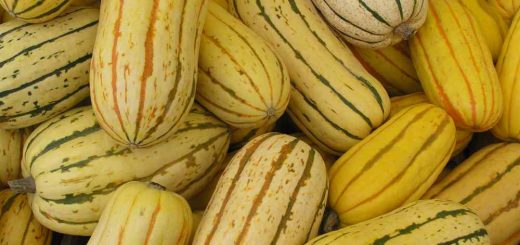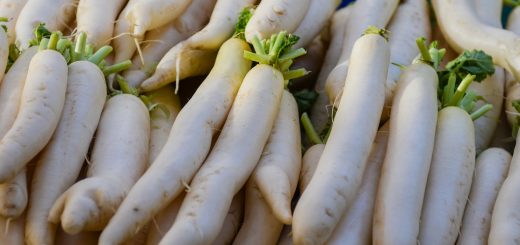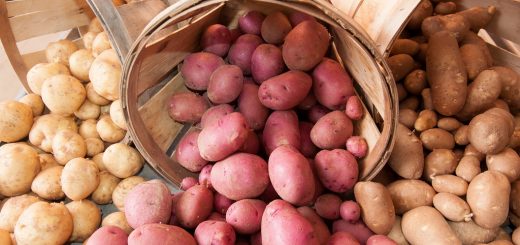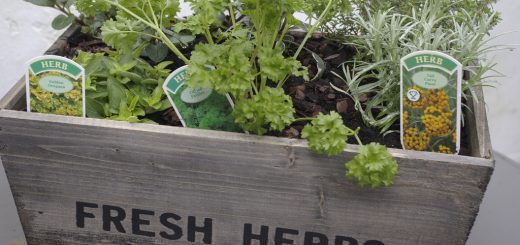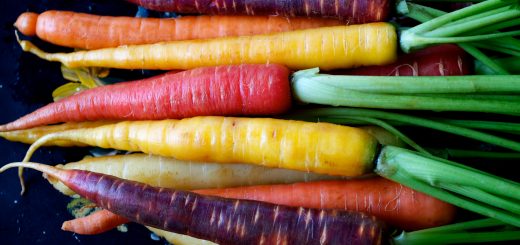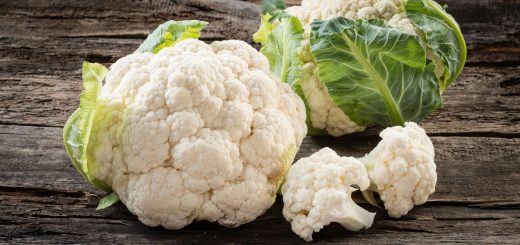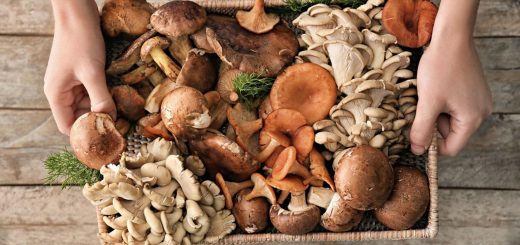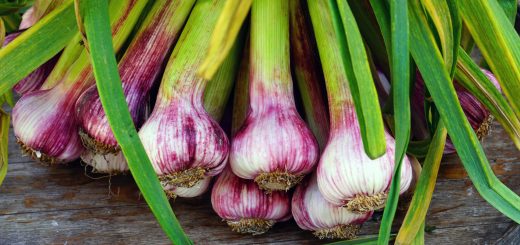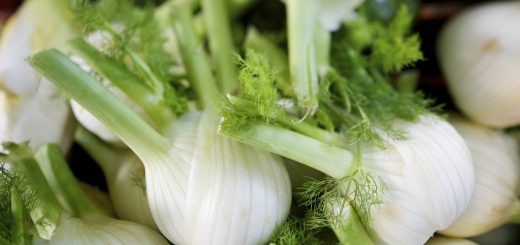Category: Featured Produce
Easy to grow and store, high-yielding, supernutritious and crunchy like an apple, yacon root (pronounced ya-kon) is one of the many “new” vegetables coming to us from South America. In reality, this fruitlike vegetable has been cultivated throughout the Andes for more than a millennium. South Americans eat it as a fruit; they also use the huge leaves to wrap foods during cooking, in the same way cabbage leaves are used in Germany, grape leaves in the Mideast and banana leaves in the tropics. Only recently – thanks to some adventurous green thumbs – have North Americans begun to see yacon in produce markets. (more…)
Delicata squash is a long, oblong-shaped squash with a cream colored, green-striped, outer skin and a golden, fine-textured inner flesh. This is one of the tastier winter squashes, with a creamy pulp that tastes a bit like corn and sweet potatoes. It can be baked or steamed and served as a side dish, seasoned with butter and herbs, providing a sweet nutty flavor with a creamy smooth texture. The thin skin is also edible. (more…)
Daikon, or white radish, is traditional to Asian cooking. It is a long white radish, and given its shape and color, has been called an “icicle radish”. It is extremely versatile in cooking. You can use it anywhere you would normally use a regular radish, and in some ways that are unique. (more…)
You may have noticed that the potatoes we get have had different hues of flesh. Potatoes actually come in a rainbow of colors, from yellow “Yukon Gold” to “Purple Peruvian”. (more…)
Everyone knows that a sprinkle of fresh herbs turns that ordinary family dinner into something extraordinary. But did you know that fresh herbs have a high antioxidant activity? According to a US Department of Agriculture study, fresh herbs, in particular oregano, beat out fruits, vegetables, and even garlic! (more…)
Did you know that carrots are not originally orange? That’s right. The original carrot, which dates back more than 4.000 years to Afghanistan, was purple. The orange carrot didn’t come into being until about 400 years ago, when Dutch farmers bred the carrot to be orange – their country’s color. Today, carrots have been bred in a rainbow of colors, which makes them much more fun to eat, not to mention, more nutritious. (more…)
Cauliflower is a highly modified form of cabbage in the mustard family (Brassicaceae), grown for its edible masses of partially developed flower structures and fleshy stalks. alongside its well-known counterparts of broccoli, Brussels sprouts, kale, and radishes. (more…)
Mushrooms are one of a very large, diverse group of organisms called fungi. They are similar to plants but lack chlorophyll, so they cannot produce food for themselves through photosynthesis. Mushrooms are decomposers that absorb nutrients from materials such as compost, leaves, decaying wood, and soil. (more…)
You probably already know that the best way to store onions and garlic is in a cool, dark place that’s dry and has good air flow. But did you know that rule actually only applies to cured onions and garlic – the kind generally found at the supermarket? “Spring” or “fresh” onions and garlic, however, are an exception to that rule. This article on thekitchn.com has all the details! (more…)
Fennel, also known as sweet fennel or finocchio, originated in the Mediterranean and is popular in Italian and Scandinavian cooking. Closely related to parsley, carrots, dill and coriander, this aromatic vegetable is the swollen, immature stem of a large, feathery bush. The young stems of the plant overlap at the base to form a bulb with white-to-pale-green ribbed layers. Although the stalks are similar to celery both in their appearance and in their crunchy texture, all parts of the plant (bulb, stalks, and fronds) have a pleasantly sweet anise, or licorice-like flavor, and are edible. (more…)
